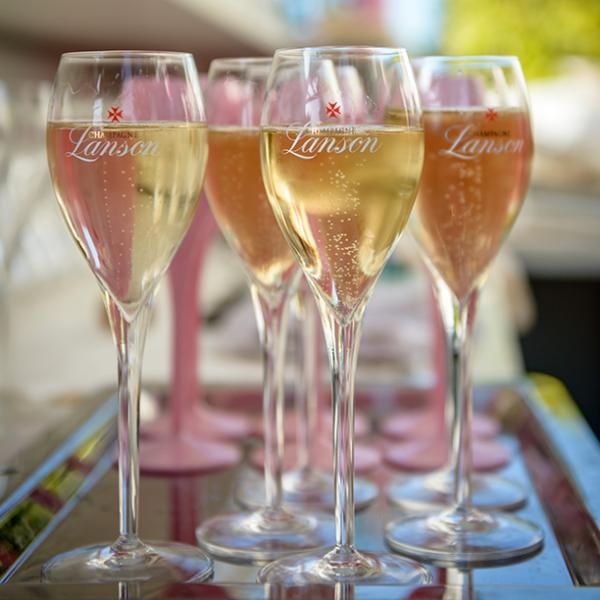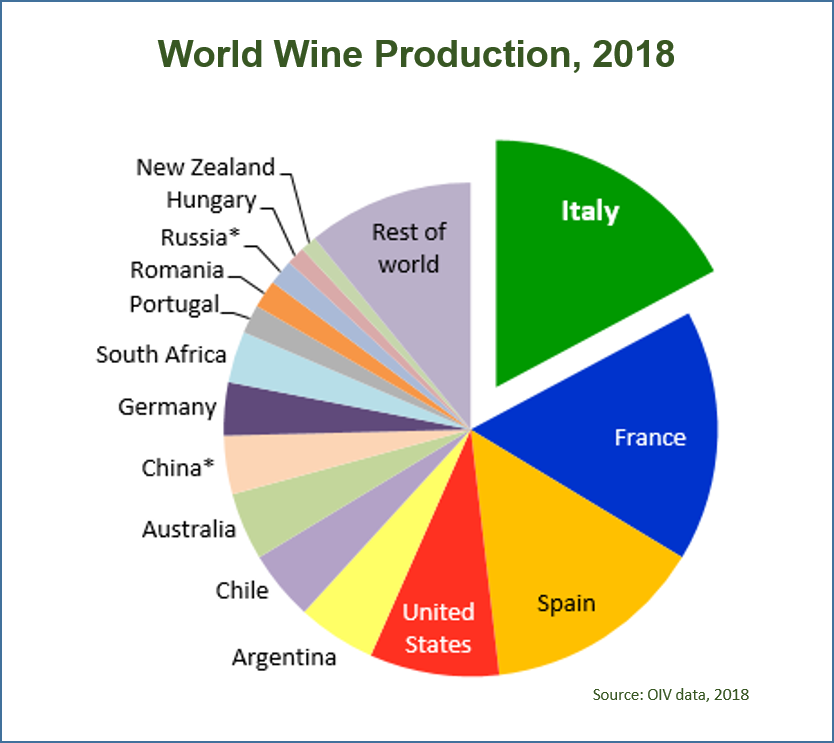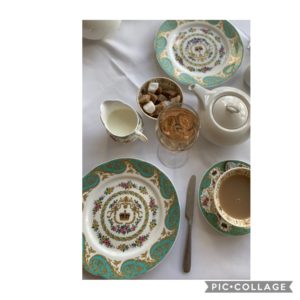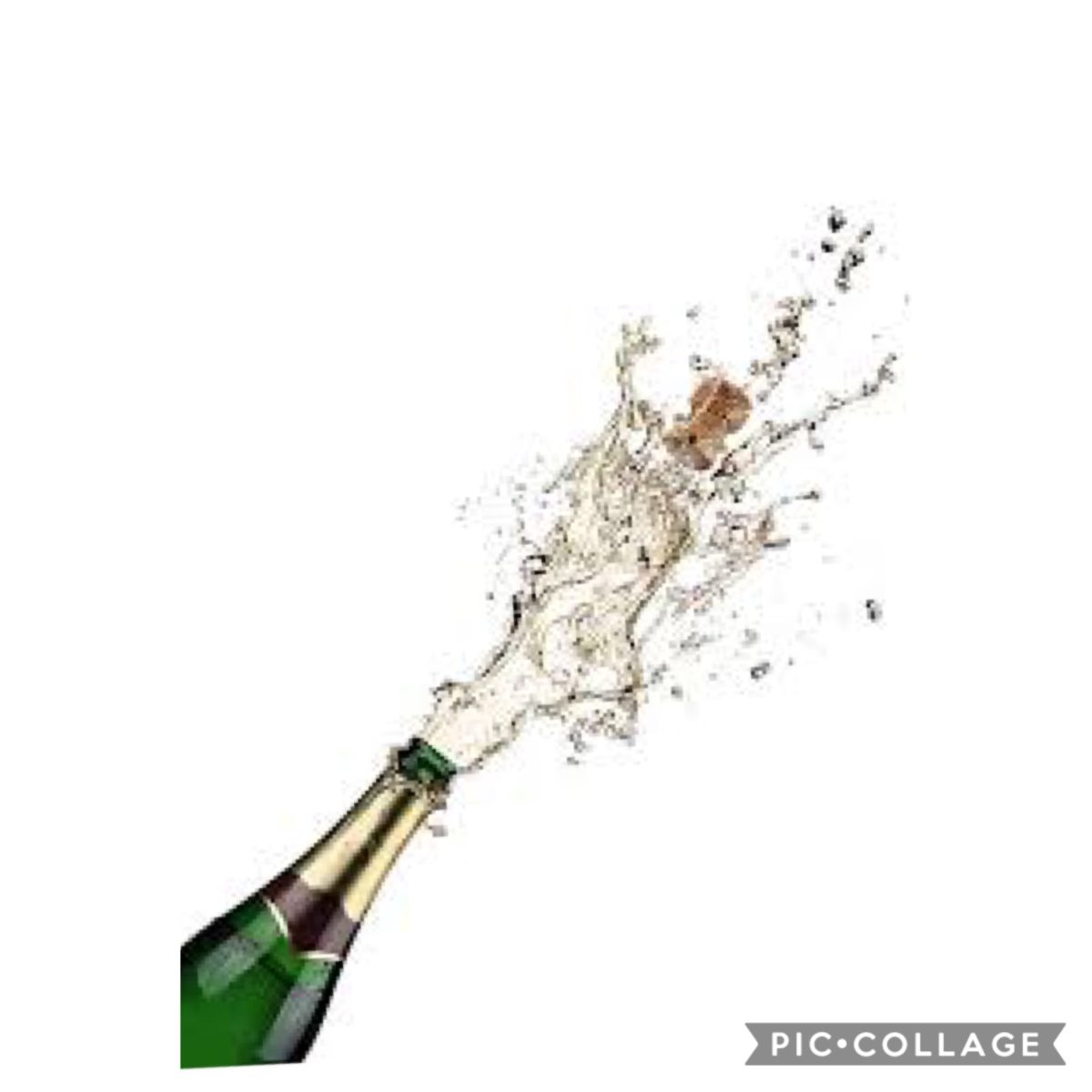Champagne Lanson has just announced that they are the new official Champagne of the Royal Shakespeare Company (RSC).
The Royal Shakespeare has over one million visitors each year and they will now be pouring Champagne Lanson’s exclusive Père et Fils as well as its Vintage Gold Label 2008, its Extra Age Brut NV and its popular Lanson Rose Label Brut Rosé NV in all of its bars and restaurants.
The company operates three theatres in the market town – The Royal Shakespeare Theatre, The Swan Theatre and The Other Place – as well as four bars and restaurants including Rooftop Restaurant, Susie’s Café Bar, Riverside Café and Swan Café.
Vicki Fleming, head of catering, Royal Shakespeare Company, commented: “We are delighted to announce that Champagne Lanson, one of the oldest holders of the Royal Warrant has become our new official Champagne partner. Producing some of the world’s finest Champagnes since 1760, Lanson is the perfect fit for us. The brand epitomizes quality, style and celebration so is perfect for our audiences.”
“Sold by the glass in every theatre bar, the delicious Lanson Père et Fils Brut NV is the perfect aperitif to complement a theatre visit, while a bottle of Lanson Gold Label Vintage 2008 goes wonderfully with a special event at our award-winning Rooftop Restaurant. Lanson Brut Rosé NV, Lanson Extra Age Brut NV and Lanson Gold Label Vintage 2008 will all feature on the Rooftop wine list”.
Paul Beavis, managing director of Champagne Lanson, added: “We are absolutely thrilled to be partnering with the Royal Shakespeare Company. It not only allows us to showcase our multi award-winning range of Champagne to its members; but we are also convinced that Lanson’s renowned freshness and added weight from extended aging ensures that our style of Champagne is also food-friendly.
“We are delighted that the Royal Shakespeare Company is able to showcase our range to its members and guests.”






